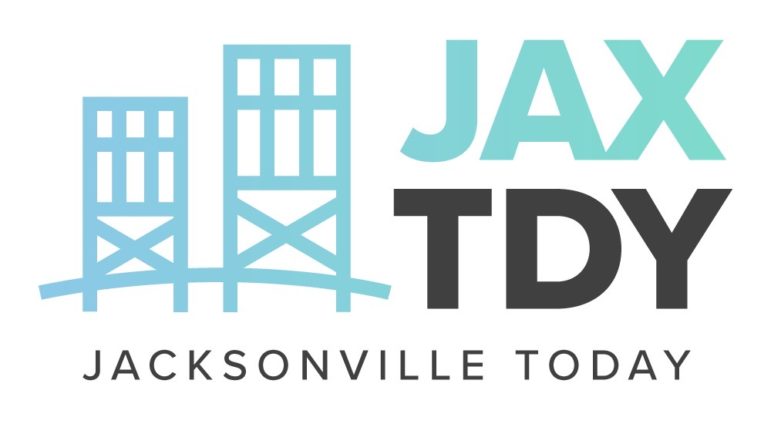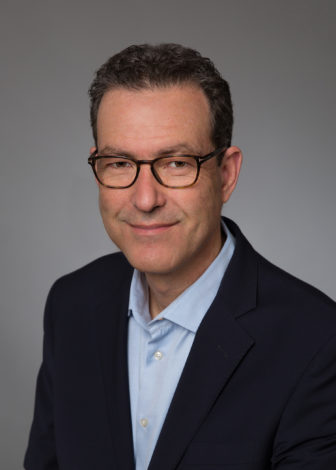‘Jacksonville Today’ newsletter aims to broaden audience for WJCT News coverage

Courtesy WJCT
WJCT in Jacksonville, Fla., has launched a morning newsletter that curates local news coverage and details of community events in northeast Florida.
“Jacksonville Today,” published weekdays since October, features WJCT’s original reporting and curated links to digital news coverage from other news organizations, including the Florida Times-Union, local TV stations and the News Service of Florida, a news site based in the state capitol that focuses on policy and politics.
WJCT created the newsletter as part of its local journalism initiative responding to “the collapsing market for newspapers,” said David McGowan, president and CEO. The Florida Times-Union, the metro area’s local daily newspaper, has lost much of its staff and is producing fewer originally reported stories than it was several years ago, he said.

The Arthur Vining Davis Foundation provided a $500,000 grant to WJCT’s initiative, backing an expansion of its newsroom and digital publishing capabilities, including “Jacksonville Today,” according to McGowan.
With support from other local organizations and individual contributors, WJCT has now raised $1 million for its news expansion, a multiyear work in progress that has boosted its radio listenership and digital audiences.
In 2020, the community-licensed, dual-service public broadcaster adopted an all-news format for its NPR station, WJCT News. It added newscasts on weekdays and What’s Health Got to Do With It?, a locally produced program that airs on weekends.
Earlier digital launches in the journalism initiative include content vertical sites “The Jaxson,” focusing on urbanism and culture, and “Adapt,” which covers local community responses to climate change and sea-level rise since 2019.
In January 2021 — a chaotic period of unusually high demand for news coverage — a surge in WJCT’s radio audience share boosted it to the top of Jacksonville’s market rankings for drive-time listening by adults ages 25 to 54, according to Nielsen ratings provided by the Radio Research Consortium. Average unique users for the station’s audio streams grew 27% over usage in January 2020, and average daily sessions grew 30% year over year, according to Triton Webcast Metrics.
With “Jacksonville Today,” WJCT is implementing its strategy to reach new audiences by building a news brand and product. The station is developing a “Jacksonville Today” website that will launch by June 2022.
“We felt it was important to do that not under the call letters of a public radio station but to do that with a new kind of entity,” McGowan said. The “Jacksonville Today” brand, which uses the shortened JAX TDY name in its logo, can attract an audience that is not drawn naturally to public radio, he said.
“That includes a whole group of people from all different perspectives and backgrounds,” McGowan said. “… We’ve achieved audience records, but we still have a lot of people who don’t listen to us on the radio.”
The Nov. 16 edition of the newsletter combined serious and light-hearted news briefs with opinion: a report on state legislation challenging federal coronavirus mandates; a rundown of short, “other news” items; and a “Little Bit of Joy” update on Gumdrop, a dog who was rescued by the Jacksonville Humane Society and had been adopted. The op-ed excerpted a longer commentary by author and podcaster Nikesha Elise Williams, who weighed in on the City Council’s decision to withdraw legislation on Confederate monuments.
WJCT’s focus on closing gaps in local news coverage aligns with the philanthropic goals of the Arthur Vining Davis Foundations, said Michael Murray, president and CEO. He also pointed to the public broadcaster’s existing audience and base of community support as strengthening its case for financial support.
The foundations’ public media grantmaking has focused on children’s programming and broadcast television, Murray said. Now, the foundations are looking at how public media can fit within their broader educational mission for grantmaking, including stations that are expanding news services for their communities, he said.
“It’s our conviction that filling the kinds of gaps that are emerging with the closing of commercial newspapers is going to have to be done by nonprofits,” Murray said. “We think that public stations under the right conditions are ideally configured to fill these gaps.”






